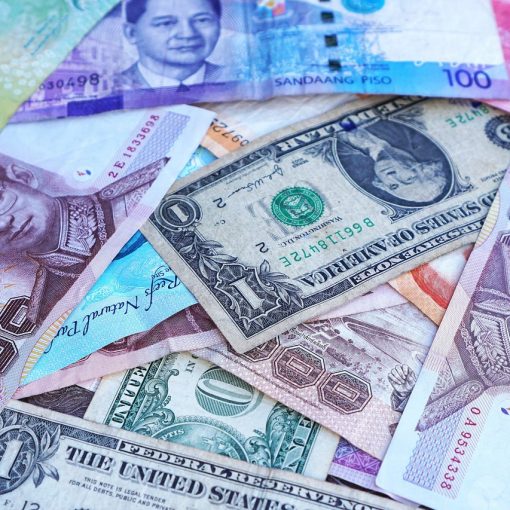Relevant Exam Boards: A-Level (Edexcel, OCR, AQA, Eduqas, WJEC), IB, IAL, CIE
Edexcel Economics Notes Directory | AQA Economics Notes Directory | IB Economics Notes Directory
Consumer/Producer Surplus Definition:
– Consumer surplus is the gain from buying a good at the market price, compared to the higher price which the consumer is willing and able to pay.
– Producer surplus is the additional gain by selling a good at the market price, compared to the price the producer is willing to sell at.
Consumer/Producer Surplus Example & Explanation:
For example, if you are willing to pay $100 for Fortnite accessories, but instead the market price for it was only $10, then your consumer surplus is $100-$10 = $90. In a diagram, consumer surplus is the triangular area below the demand curve and above the market price. In contrast, producer surplus is the triangular area above the supply curve and below the market price. Consumer and producer surplus are concepts used to analyse why Monopolies, Externalities and Government Intervention such as Price Controls, Taxes/Subsidies and Tariffs can cause allocative inefficiency and market failure, or at least a welfare loss in social surplus.
Consumer/Producer Surplus Notes with Diagrams/Graphs:
Want a closer look? Download the Producer/Consumer Surplus notes here.
Video explanation – EconPlusDal 
Consumer & Producer Surplus in the News
Resources on other A-Level/IB Economics websites

Consumer and Producer Surplus
Consumer Surplus and Changing Prices
![]()
Competitive Markets: Consumer and Producer Surplus
Consumer and Producer Surplus Questions
![]()
Consumer Surplus and Producer Surplus
Napoleon, eggs and capturing consumer surplus
Follow us on Facebook, TES and SlideShare for resource updates.




